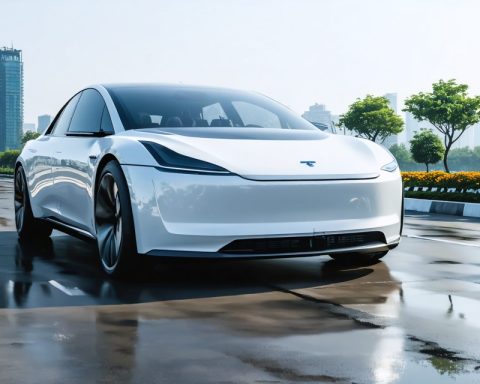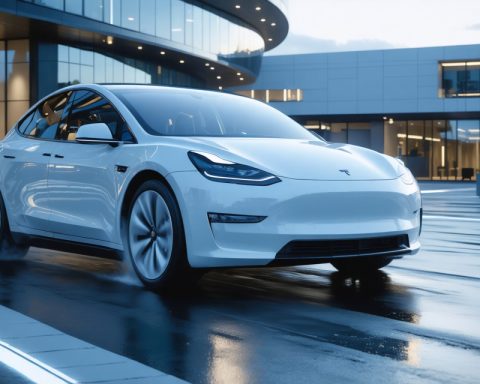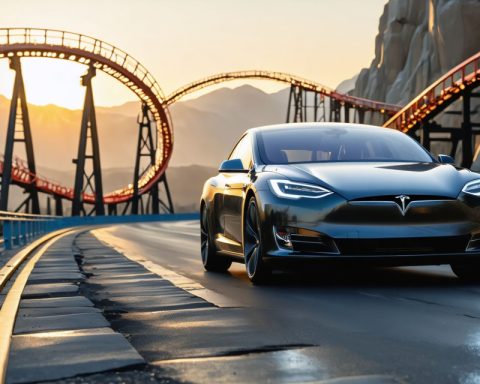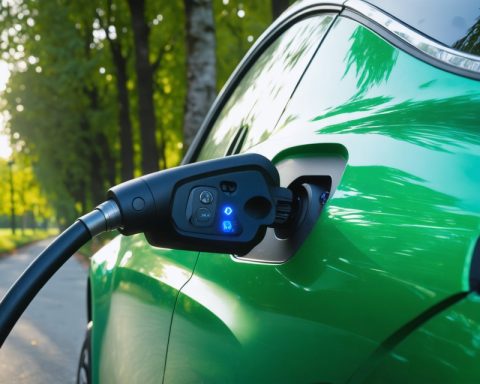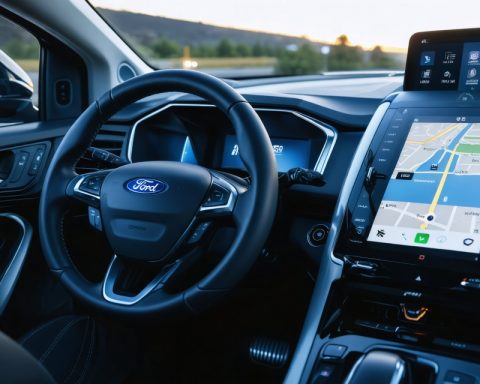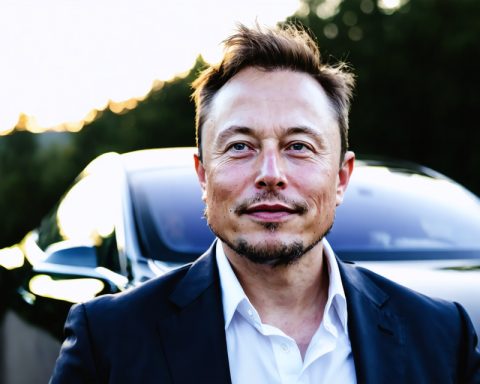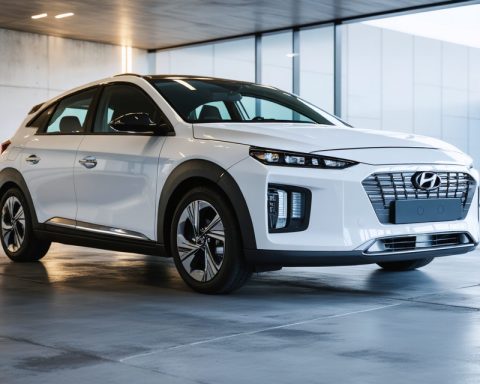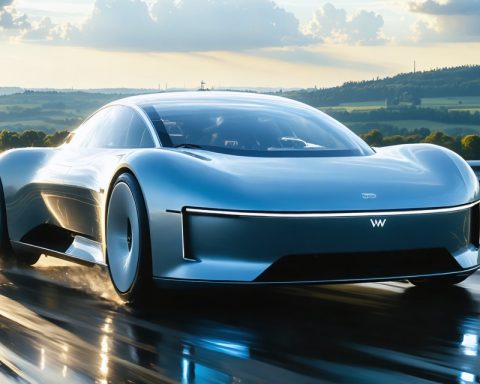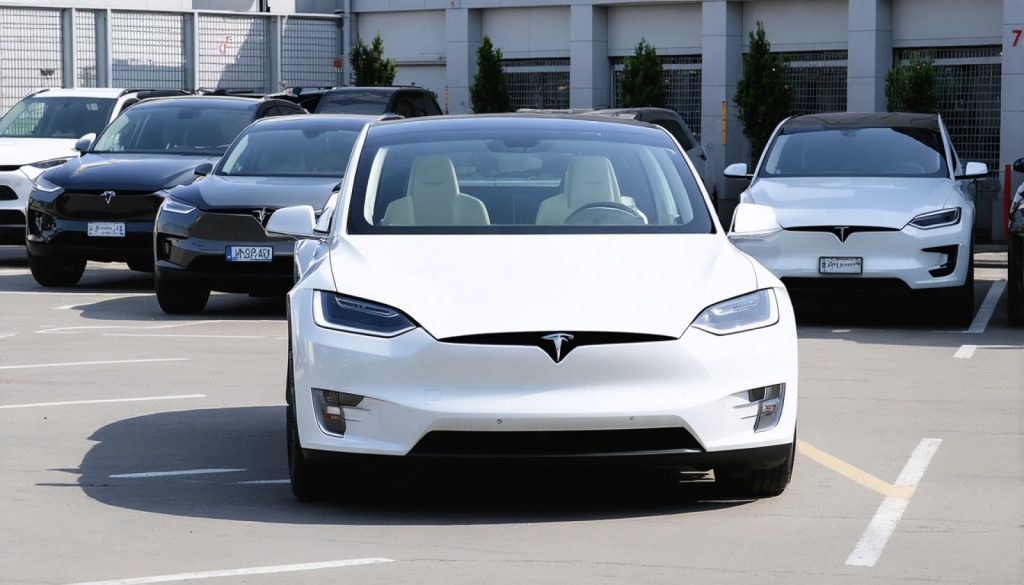- Minnesota aims to transform 20% of its vehicles to electric by 2030, but the shift impacts traditional gas tax revenues, essential for road funding.
- With gas tax revenues decreasing by 1-2% annually, lawmakers are exploring new funding strategies, including fees for public charging stations and increased EV surcharges.
- Usage-based fees for EVs, such as charging by miles traveled, are debated but raise privacy concerns and could deter EV adoption.
- EV advocates highlight that early adopters pay substantial sales taxes and registration fees, cautioning against additional charges hindering EV growth.
- Organizations support increased fees to sustain infrastructure as EV sales rise to 7% of total car purchases in 2023.
- A $6 billion budget deficit complicates funding strategies, requiring innovative approaches to balance infrastructure needs and electrification goals.
The dawn of the electric age has Minnesota lawmakers grappling with a new paradox — fostering the growth of electric vehicles (EVs) while ensuring that the state’s roads receive necessary funding. With an ambition to transform 20% of its vehicles to electric by 2030, Minnesota is racing against time to adapt. Yet, as the state takes strides towards a cleaner future, its traditional funding mechanisms—rooted heavily in gas tax revenues—begin to falter.
Gas Taxes Take a Back Seat
For decades, gasoline taxes filled coffers earmarked for road and bridge repairs. However, as vehicles become more fuel-efficient and EV adoption accelerates, these resources are dwindling, decreasing by 1-2% annually, according to the Minnesota Department of Transportation. Faced with this financial squeeze, lawmakers are eyeing innovative strategies to bridge the gap, with proposals ranging from a modest $0.05 per kilowatt-hour fee at public charging stations to a surge in the EV surcharge from $75 to a potential $200.
The conversations echo the broader national debate: How should electric vehicle users contribute fairly to infrastructure maintenance? While some legislators believe a usage-based fee system—charging drivers for the miles traveled—may offer a comprehensive solution, this raises the specter of privacy concerns and possible deterrents to EV adoption.
Voices of Caution Amid the Crescendo
As discussions heat up, electric vehicle advocates caution against precipitous changes. They argue that early adopters of EVs are already contributing substantially via higher sales taxes and elevated car registration fees—a result of their vehicles’ premium price tags. Carolyn Berninger from the Drive Electric Minnesota Coalition highlights that such measures might hinder Minnesota’s overarching goal of widespread electrification.
Contrary opinions resonate from notable quarters. The Coalition of Greater Minnesota Cities and the Minnesota Chamber of Commerce assert the necessity of increased fees to guarantee the state’s transportation infrastructure remains robust. With only 1% of vehicles currently electric but sales climbing to 7% of total car purchases in 2023, a sound and sustainable funding strategy is paramount.
A Rocky Path Forward
The road ahead isn’t straightforward. A looming $6 billion deficit complicates discussions, as legislators deliberate the nuances of the upcoming biennial budget. Previously, a 50-cent fee on certain retail deliveries was introduced to patch fiscal voids, underscoring the complexity of sustaining state revenues amidst evolving consumption patterns.
As Minnesota steps into its electric future, the journey demands a delicate balancing act—fostering innovation while preserving the state’s infrastructure lifeline. The proposals under scrutiny not only reflect a canvas of economic realities but also Minnesotans’ tenacious spirit to innovate and adapt. Will Minnesota strike a harmonious chord between these competing demands? The answer remains to be seen, with state legislators tasked with uncharted navigation in this electrifying quest.
This moment in history underscores a pivotal lesson: Innovation must be met with adaptation, ensuring the roads to progress remain steadfast and smooth—paved now not just by gasoline but by the electrifying promise of tomorrow.
Electric Vehicles in Minnesota: Navigating the Road to Sustainable Infrastructure
Embracing the Electric Future
Minnesota is at a critical juncture in its journey toward a sustainable and eco-friendly future, with a goal to convert 20% of its vehicle fleet to electric by 2030. This ambitious target necessitates a shift in the traditional funding model, which has long relied on gasoline taxes. As electric vehicles (EVs) do not contribute to these taxes, the state must explore innovative funding solutions to maintain and develop its road infrastructure.
The Decline of Gas Tax Revenue
Historically, gas taxes have been the bedrock of funding for road maintenance and development. However, the rise of fuel-efficient vehicles and the growing EV market have caused a steady decline in these revenues, dropping by 1-2% annually. This gap puts pressure on lawmakers to find alternative funding means that ensure infrastructure sustainability without stifling EV adoption.
Proposed Funding Solutions
Minnesota lawmakers are considering a variety of strategies to bridge the funding gap. Among these proposals are:
– Kilowatt-hour Fee: Implementing a $0.05 fee per kWh at public charging stations to derive revenue directly from EV usage.
– Increased EV Surcharge: Raising the annual EV surcharge from $75 to potentially $200 to compensate for the absence of gas tax contributions.
– Mileage-based User Fees (MBUF): Charging drivers based on miles traveled, though this brings up privacy concerns and potential resistance due to the perceived inconvenience.
Concerns and Advocacy
Advocates for electric vehicles express concerns about the potentially regressive impact of increased fees on early adopters who already pay higher sales taxes and registration fees due to the premium cost of EVs. They emphasize the importance of encouraging EV adoption to meet environmental goals and caution against measures that could deter consumers.
Conversely, representatives from organizations like the Coalition of Greater Minnesota Cities argue for necessary fee increases to ensure robust infrastructure. They stress the importance of equitably sharing the burden of road maintenance costs among all vehicle users.
The National Context
Minnesota’s debate reflects a larger national conversation about funding infrastructure in the age of electrification. With other states also grappling with similar challenges, solutions ranging from per-mile fees to increased licensing and registration costs are being tested.
Market Forecasts and Industry Trends
The EV market is witnessing rapid growth, as evidenced by EV sales comprising 7% of total vehicle purchases in Minnesota in 2023. This trend is expected to continue, with significant advancements in battery technology, charging infrastructure, and policy incentives likely driving increased adoption.
Actionable Recommendations for Minnesota
1. Balanced Fee Structure: Ensure that any new fees are balanced, fair, and do not disincentivize EV adoption.
2. Privacy-conscious Solutions: If considering MBUF systems, develop privacy-conscious methods to address consumer concerns.
3. Public Awareness: Increase public awareness about the environmental and cost benefits of EVs to encourage broader adoption.
4. Federal Support: Leverage federal infrastructure funds and incentives to bolster state efforts for sustainable road funding.
Quick Tips for Consumers
– Explore Incentives: Check for state and federal incentives for purchasing EVs, including tax credits and rebates.
– Optimize Charging: Use off-peak times to charge EVs to save on electricity costs and minimize grid impact.
– Advocate: Encourage local representatives to consider sustainable and equitable road maintenance funding solutions.
For further insights on electric vehicles and their impact on infrastructure, consider visiting Natural Resources Defense Council or Environmental Defense Fund.
As Minnesota navigates these electrifying challenges, it stands as a microcosm of the broader national narrative—a future where economic, environmental, and consumer dynamics must harmonize for sustainable growth.

